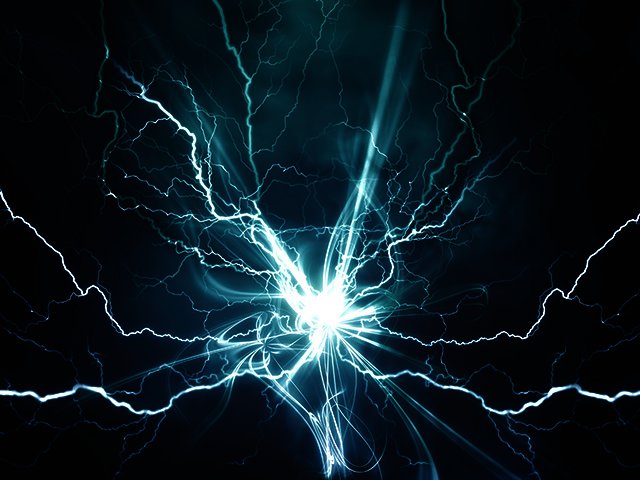Science - The Alpha Chronicles
By Linda Pretorius 6 June 2014 | Categories: feature articles
Knowing where we come from helps us to understand where we’re going. This month we look at how events billions of years ago shaped where we are today.
14 billion years ago: The Big Bang occurs.
1. Time zero
A study just out lets us watch how the universe likely unfolded. Scientists simulated a large chunk of space, divided it into billions of smaller units and then let a computer network run calculations for 16 million hours combined. The resulting simulation shows how, just after the Big Bang, dark matter forms a cosmic web, followed by the formation of galaxies around stars and massive black holes. When the stars eventually explode, elements from their cores are blasted into the gassy intergalactic space. Judging from comparison with real-world space images, the simulation is remarkably accurate. There are, however, a few glitches, which the researchers say will help them rethink specific aspects of the universe’s evolution. Watch how it all unfolds:
Video courtesy of Nature Video
20 minutes later: The first chemical elements are present in space.
2. Elementary stuff
In less than half an hour after the Big Bang, space had been seeded mostly with hydrogen and helium, and a little bit of lithium and beryllium. Anything heavier – from nitrogen to iron – forms in stars through an atomic fusion chain reaction. But by the time a star’s core is mostly iron, it weighs so much that it collapses onto itself. This blows the whole star apart and spews the elements into interstellar space. And in a brief few moments after this explosion, temperature and pressure conditions are just right for heavier elements to form in the gas and dust.
Source. NASA's Cosmicopia
Source. Scientific American
4.54 billion years ago: Earth developed.
3. Rocky roads
In the aftermath of the Big Bang, dust and gas swirled around young stars, gradually thinning out into a flat, disc-like shape. As the disc spun around the star, the dust particles gradually started to clump together, growing progressively bigger to form the beginnings of a planet. Many of these early planets form at the same time and often collide with each other, causing the objects either to break up or to merge. Over millions of years and after many such collisions, the objects have become big enough to have cleared most of the rubble in their paths and a sparsely populated disc matures into a planetary system.
Source. Hubble Site
Source. The Guardian
3.8 billion years ago: The first life appears on Earth.
4. Leading up to life
A recent study suggests that the hot, iron-rich oceans of early Earth may have been just the push that set the wheels of life rolling. Scientists added the known starting points for modern metabolic pathways to solutions similar to those early oceans. After the solutions had simmered for a few hours, the same metabolites were found as formed through two metabolic pathways found in all modern cells. The difference, though, is that enzymes catalyse these metabolic reactions in modern cells. Yet they were not available 4 billion years ago. The findings therefore suggest that the iron-rich oceans supplied suitable inorganic catalysts to allow carbon metabolism.
Source. New Scientist
Source. Molecular Systems Biology
2.3 billion years ago: The Earth’s atmosphere becomes oxygen rich.
5. Air supply
With everything set for biological reactions to occur on Earth, the planet became rife with early photosynthetic cyanobacteria. Although they had appeared much earlier already, the iron-rich oceans of early Earth absorbed all the oxygen they produced. But because of their prolific population growth, they eventually released more oxygen than could be absorbed. The excess accumulated in the atmosphere, causing the cyanobacteria to die and setting the stage for aerobic life forms to evolve.
Source. BBC Earth
Article first appeared in TechSmart 129, June 2014
Most Read Articles

Have Your Say
What new tech or developments are you most anticipating this year?



